Power is the average of this instantaneous calculation: -
$$\text{voltage} \times \text{current}$$
So, if you get the voltage winding or the current winding backwards you get this: -
$$-\text{voltage} \times \text{current} $$
Or you get this: -
$$\text{voltage} \times -\text{current} $$
Given that some analogue power meters have their needle centred like this it's not a big deal: -

Image from here.
But, unfortunately most don't so, you should respect the polarity indicators on the terminals to ensure power is read meaningfully.
Wattmeter internals (magnetic coupled type): -

Image from How does a Wattmeter work? (back to basics).



